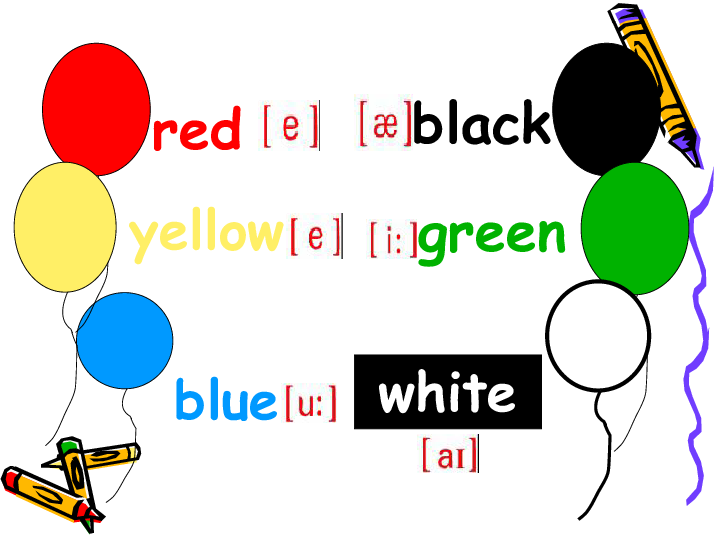### What is Direct Subsidized Loan: Understanding Its Benefits and Application Process
#### What is Direct Subsidized LoanA Direct Subsidized Loan is a type of federal student loan available to eligible undergraduate students who demonstrate f……
#### What is Direct Subsidized Loan
A Direct Subsidized Loan is a type of federal student loan available to eligible undergraduate students who demonstrate financial need. This loan is designed to help cover the cost of higher education, and the government pays the interest on the loan while the student is in school at least half-time, during the grace period, and during any deferment periods.
#### Benefits of Direct Subsidized Loans
One of the most significant advantages of Direct Subsidized Loans is the interest subsidy provided by the federal government. This means that while you are in school, the interest that accrues on your loan is covered by the government, allowing you to graduate with less debt compared to other types of loans.
Additionally, Direct Subsidized Loans typically have lower interest rates than private loans, making them a more affordable option for students. Borrowers also benefit from flexible repayment plans, including income-driven repayment options that can adjust monthly payments based on income and family size.

#### Eligibility Criteria
To qualify for a Direct Subsidized Loan, students must demonstrate financial need, which is determined through the Free Application for Federal Student Aid (FAFSA). Eligibility is also contingent upon the student being enrolled at least half-time in an eligible degree or certificate program at a participating institution.
It’s important to note that there are limits on how much you can borrow each year, depending on your year in school and whether you are considered a dependent or independent student.
#### Application Process
The application process for a Direct Subsidized Loan begins with completing the FAFSA. This application collects information about your financial situation, which is then used to determine your eligibility for various types of federal financial aid, including Direct Subsidized Loans.
Once your FAFSA is processed, your school’s financial aid office will provide you with a financial aid package that outlines the types and amounts of aid you are eligible to receive. If you are offered a Direct Subsidized Loan, you will need to accept the loan and complete a Master Promissory Note (MPN), which is a legal document in which you agree to the terms of the loan.
#### Repayment of Direct Subsidized Loans
Repayment of Direct Subsidized Loans begins six months after you graduate, leave school, or drop below half-time enrollment. During this grace period, no payments are required, and no interest accrues. After the grace period, borrowers will enter repayment, which typically lasts for 10 years, although this can vary based on the repayment plan chosen.

Borrowers have several repayment options available, including standard repayment, graduated repayment, extended repayment, and income-driven repayment plans. Each of these options has its benefits and can be tailored to fit the borrower’s financial situation.
#### Conclusion
In summary, a Direct Subsidized Loan is a valuable resource for students seeking financial assistance for their education. With benefits such as interest subsidies, lower interest rates, and flexible repayment options, it is an attractive choice for those who qualify. Understanding what Direct Subsidized Loans are, their benefits, eligibility criteria, application process, and repayment options is crucial for students looking to finance their education effectively. By taking advantage of this federal aid, students can focus on their studies and reduce the financial burden of student debt.
